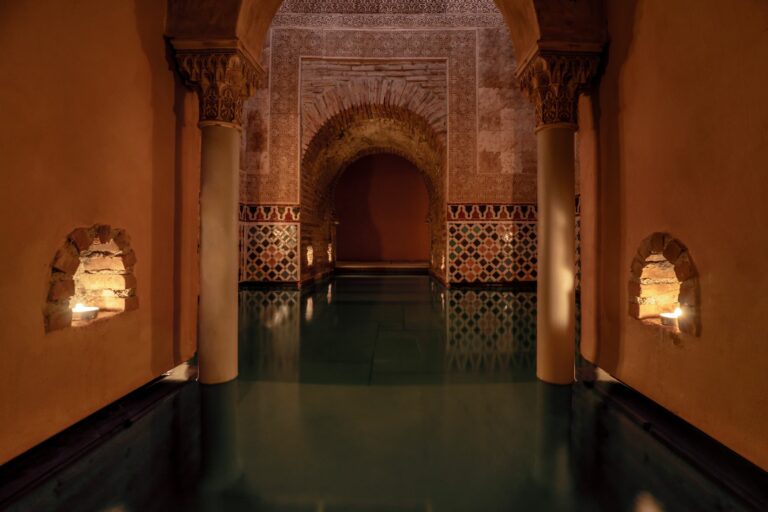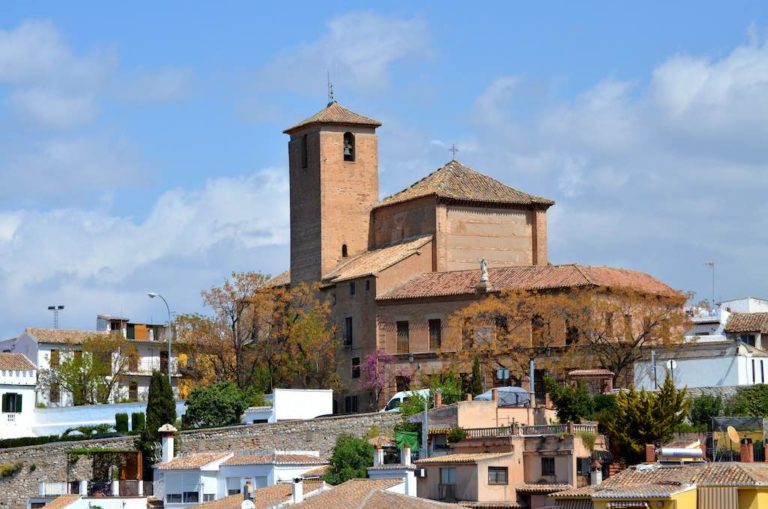Water in Granada: Andalusian legacy of cisterns, fountains, and irrigation channels.
In the poetry and word-woven portraits of Machado, Granada was water.
It flowed gently, remained hidden, and wept its sorrows within the walls of the Alhambra.
The Nasrid city
still preserves its ancient irrigation channels, ponds, fountains, and cisterns.
These are precious traces from a joyful time, before the Catholic Monarchs sought to claim the city as their own.
This treasured Muslim legacy has not faded over the centuries.
On the contrary, it continues to inspire admiration.
Today, in our blog, we pay tribute to it by revisiting part of its fascinating history.

As early as the 11th century, the followers of Muhammad, who believed in the expansion of his realm after his death, created the hydraulic network of the Albaycín district.
Even today, a valuable remnant of this work can be found at the Placeta del Cristo de las Azucenas, next to the park of Santa Isabel la Real.
The Aljibe del Rey: Granada’s most precious water reserve
Among all the cisterns in the city, one stood out above the rest: the Aljibe del Rey.
It was remarkable for its impressive capacity of 300 m³, which was enough to supply the palaces of the Zirid court and the homes surrounding the Alcazaba.
Its vaulted ceilings, perforated with small openings, collected rainwater to secure reserves during times of scarcity.
Later, this water was purified using a method very different from those of today.
The old reservoir, or cistern, is shallow yet remains in excellent condition.
Similarly, the diversion channel that carried water from the branch to the cistern has also been preserved.
This remarkable state of preservation, despite the passage of centuries, is due to the fact that in those days, maintaining these structures was a political priority.
The stability and survival of the territory depended on them.
As a result, cisterns were designed to make the most of the most precious resource: water.
However, under the rule of the Catholic Monarchs, water became a commodity.
In 1605, the Lieutenant Governor of the Alhambra, Fernando de Contreras, authorized the sale of the cistern’s water to carriers, who then resold it in the city.
The complaints of the fortress’s residents reached King Philip, who was urged to protect their right to access Granada’s water without restrictions.
If you would like to learn more about water in Granada and its cisterns, we recommend visiting the
Agua Granada Foundation.
There, you can explore suggested routes and guided tours.
Finally, after such a journey through history, nothing compares to immersing yourself in
the waters of Hammam Al Ándalus.
Let your imagination carry you back to the magical Andalusí era.



